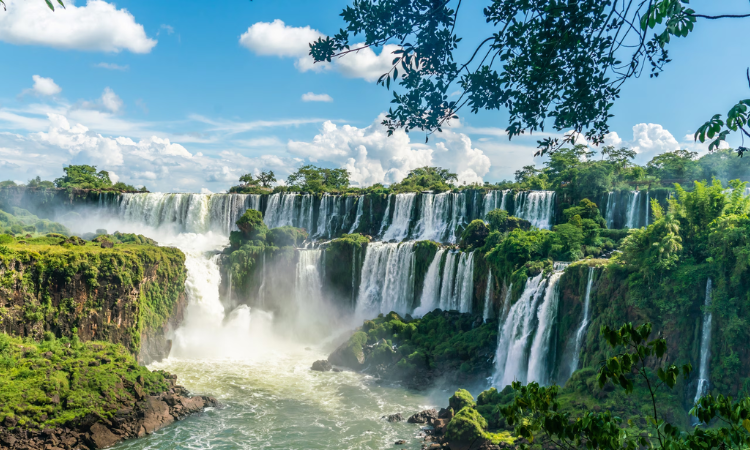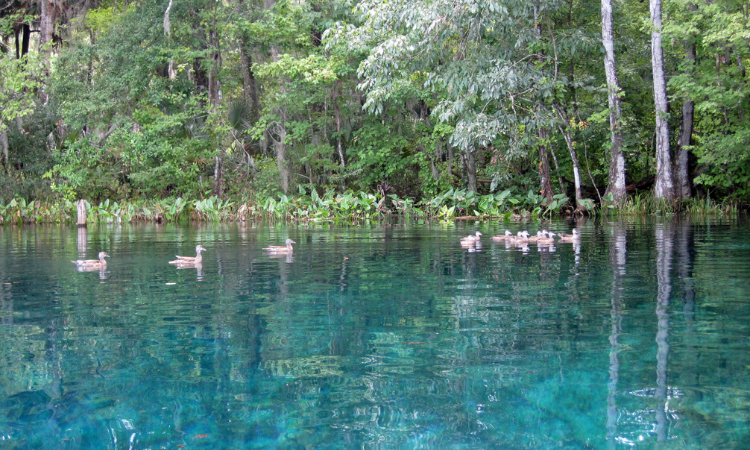As an avid river explorer with over 7 years of experience navigating waterways across 4 continents, South America stands out for its diversity of riverscapes. From the mighty Amazon River basin sprawling across the continent to glacial rivers carving through the Andes mountains, here are my top highlights and travel tips after extensively exploring major rivers across South America.
The Mighty Amazon
Largest River in the World The Amazon river system is simply astonishing in its massive scale and biodiversity. As the largest river in the world by discharge volume, the mighty Amazon carries more water than the next 7 largest rivers combined!
Over my multiple week-long expeditions across Peru, Brazil, and Bolivia, I have uncovered amazing sights – from pink river dolphins to electric eels, massive anacondas to tiny poison dart frogs, along with a dizzying array of exotic birds.
Insider Tip: The best time for an Amazon cruise is during the rising water season between November – May when you can access otherwise isolated water channels and view more wildlife concentrated around fewer lakes.
Top Highlight: My most memorable Amazon moment was anchoring our houseboat at a blackwater lake and going out at dawn in a canoe to see giant Victoria water lilies over 6 feet wide! As the lilies started blooming under the warm sun, I saw multiple families of squirrel monkeys chasing each other from tree to tree while brightly plumed macaws swooped overhead.
Iguazu Falls

World’s Largest Waterfall System The Iguazu Falls located at the border between Brazil and Argentina makes for an awe-inspiring spectacle as the Iguazu River plunges over 275 separate falls spread across a 1.7-mile-wide basalt cliff.
I’ve visited during both high and low water flow seasons, and the thundering cascades are equally impressive – the misty spray towers over 100 feet into the air! The most unique viewpoint is from elevated metal walkways extending right over the Devil’s Throat, the tallest fall.
Insider Tip: Visit early morning or late afternoon when rainbows are at their brightest in the mist. Also, wear shoes with good grip as the walkways can get slippery.
Top Highlight: Seeing flocks of vibrant orange and blue butterflies swarming around the falls, making for an incredibly scenic setting!
Paraná River
Vital Commercial Waterway As the second longest river in South America after the Amazon, the Paraná River is a critical transportation corridor through Brazil, Paraguay, and Argentina. Over multiple weeks exploring its navigable stretches, I’ve seen massive barge convoys transporting soybeans, corn, wheat, and other exports from inland farms to Atlantic coast ports.
Given its economic importance, great care is taken to maintain adequate water levels in the Lower Paraná. I visited the Yacyretá hydroelectric dam which generates over 15% of Paraguay’s electricity through carefully controlled water releases.
Insider Tip: The best time to cruise the Lower Paraná is September – November when snowmelt raises upstream water levels. Avoid December – February as heavy rains can cause unsafe flooding.
Top Highlight: My favorite memory is waking up at dawn to watch tens of thousands of terns and skimmers feeding on fish churned up by Paraná’s strong currents, with their wings glowing pink in the sunrise.
Orinoco River

Wildlife Haven Through Ancient Forests Venturing deep into Venezuela’s Orinoco river basin was like stepping back into prehistoric times, between massive anacondas lurking in slow moving backwaters and ancient plants like the towering moriche palm dominating the forest canopy.
I enjoyed many days of spectacular wildlife sightings along the Orinoco’s network of tributaries – playful pink river dolphins, large caiman warming themselves on sandy banks, brilliant orange and black tanagers calling from above. It’s also one of the best places to see giant river otters hunting fish together in expertly coordinated packs.
Insider Tip: Go between October to December when receding floods concentrate land animals together along the riverbanks.
Top Highlight: Coming face-to-face with a jaguar drinking at the river’s edge early one morning! After an initial shock, I remained very still, not wanting to startle it as I took in its beautiful spotted coat just 10 feet away before it disappeared into the underbrush.
In summary
South America’s rivers offer immense adventure across incredibly diverse landscapes and ecosystems – I’ve only scratched the surface after 7 years of exploration. As climate change alters delicate hydrological balances, I hope these vibrant waterways can be preserved through sustainable policies benefiting both local communities and the incredible wildlife found nowhere else on Earth.
Let me know in the comments if you need any specific tips for planning your epic river journey! I’m always glad to discuss best practices to travel responsibly while avoiding common pitfalls.
Also Read – Big Rivers Waterpark – Essential Information for 2024 Visitors

Sandeep Karki is a passionate travel writer with a Master’s degree in Environmental Science and over 8 years of experience exploring and documenting the world’s most pristine natural landscapes. As the sole writer for RiverandEarth.com, Sandeep blends his love for travel with a deep understanding of environmental sustainability, offering readers unique insights into eco-friendly travel destinations, outdoor adventures, and cultural experiences. His work emphasizes responsible travel practices that respect and preserve the environment.
Follow Sandeep on Instagram and YouTube for more travel stories and tips on sustainable exploration.
